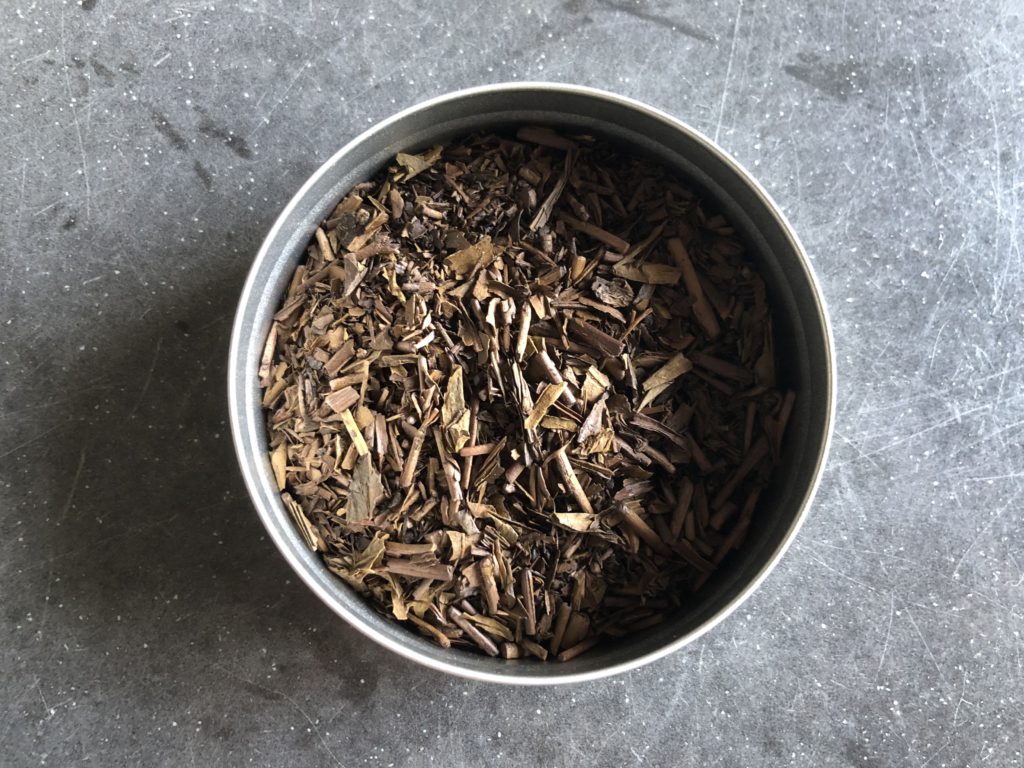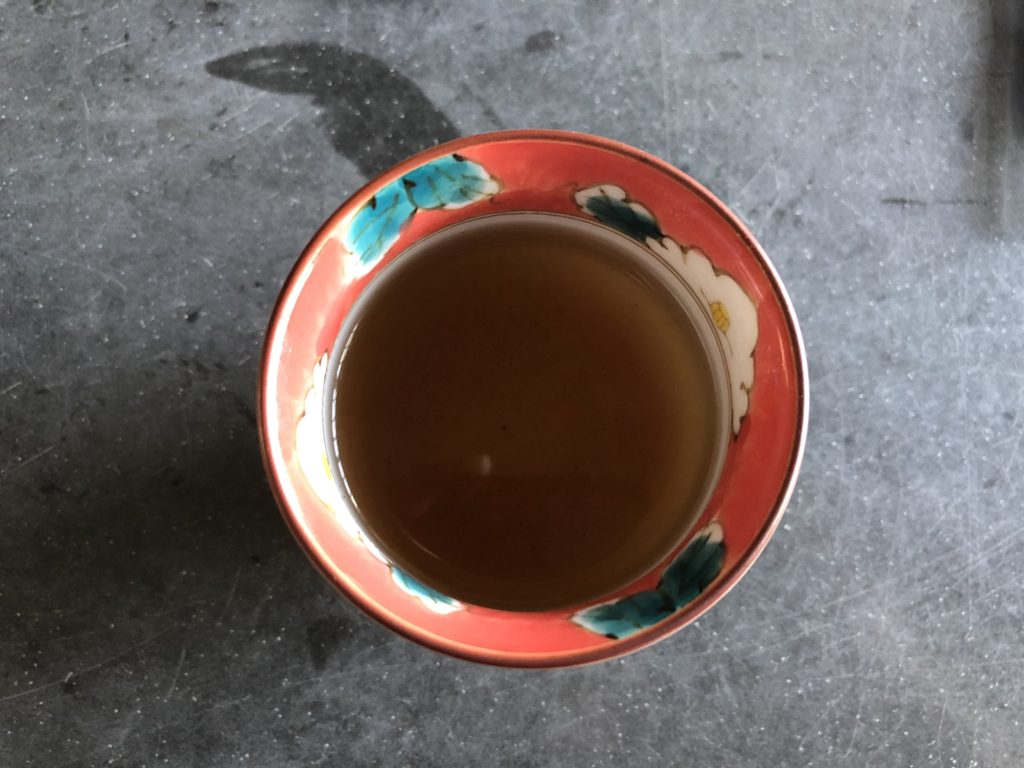This was one of the tea brands that was at the Singapore Tea Festival! They’re also in the VIP bag, but their teas sold out really fast and the only one that I managed to buy (and hence have enough to properly taste and review) would be their Scarlet Roasted Tea.
Arinobu Tea is a Japanese brand that prides itself on selling traditional teas with a twist. For example, they were saying that their green tea is supposed to have a bit more of an aftertaste than traditional green teas. I’m not too sure what makes their hojicha special (especially since I finished my regular stash eons ago and haven’t had the chance to top up), but I know that even my colleagues who don’t normally drink hojicha really like this one when they tried it.
What is Hojicha?
It feels weird to do an introduction to hojicha, but apparently I haven’t written about this despite the fact that I keep telling people I love Japanese tea and that I started my tea journey in Japan. I guess sometimes, you overlook the familiar for the new (in my case, new = Chinese teas). But since I have my copy of 日本茶のすべてがわかる本 nearby, here’s an introduction to hojicha.
Hojicha is a roasted tea that’s typically made with teas harvested later in the season. It was created by a tea merchant in Kyoto, Yamashiro, who was trying to get rid of excess tea stock and found that roasting the tea helped to increase the aroma.
This might be a controversial position, but the history of hojicha means that I don’t actually put much stock into hojicha teas that are made with ichibancha, or the first pick of the season. Sure, ichibancha is considered to be the best in quality, but to me, that means that I’d want to appreciate it as close to its original state as possible. Roasting the tea was a way to mask the lower quality/lack of freshness of the tea and a high quality tea doesn’t benefit from the roasting. But, I also understand that a skilled roast can vastly affect the taste of a tea (at least in the case of an oolong) so I am open to having my mind changed.
In terms of constituents, hojicha is low in caffeine (1.76% compared to 3.48% of Gyokuro and 2.64% of Sencha), which makes it less bitter. This means that hojicha is popular in the following situations:
- When you’re hungry – because you want a tea that’s gentle on the stomach
- After dinner – to go with food
- Before bed – when you want something that’s not going to keep you up
Other things to take note: Hojicha is also on the lower side in terms of tannins (considered a subset of catechins in Japan), amino acids, and Vitamin C.
Tea Review: Scarlet Roasted Tea

The leaves remind me of milk chocolate! There’s a very deep toasted smell to it which reminds me of times in Japan.

The tea liquor mimics the chocolate colour of the leaves. The smell of the tea was interesting – apart from the usual toasted smell, I also noticed a bitter note that reminded me of coffee. The tea itself, however, wasn’t bitter at all. It was very smooth and very sweet.
This is a very balanced tea that reminds me of my time in Japan. I can see this as an everyday drink, especially for the late afternoon where I want a tea that’s slightly lower in caffeine. I can’t wait to try the other two teas that came in the VIP bag!
